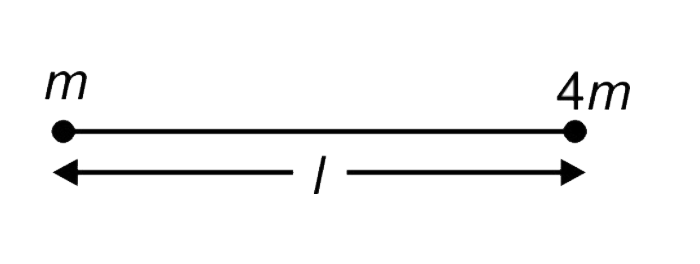The intensity of a light pulse travelling along an optical fibre decreases exponentially with distance according to the relation l=i0e−0.0693x where x is in km and l0 is intensity of incident pulse. The intensity of pulse reduces to 14 after travelling a distance
1km
10 km
20 km
40 km
The correct Answer is:C
Step by step video & image solution for The intensity of a light pulse travelling along an optical fibre decreases exponentially with distance according to the relation l = i_(0) e^(-0.0693x) where x is in km and l_(0) is intensity of incident pulse. The intensity of pulse reduces to (1)/(4) after travelling a distance by Physics experts to help you in doubts & scoring excellent marks in Class 12 exams.
Updated on:21/07/2023Similar Questions
In a double slit experiment ,the separation between the slits is d=0.25cm and the distance of the screen D=100cm from the slits .if the wavelength of light used in λ=6000Åand I0is the intensity of the central bright fringe. The intensity at a distance x=4×10−5in form the central maximum is-
View SolutionA wave pulse is travelling positive x direction with a speed of 4.5 m/s. At time t= 0, the wave pulse is given as y=6x2−3. Here x and y are in metre. Then which function represents the equation of pulse just after 2 second?
View Solution
Knowledge Check
The intensity of a light pulse travelling along a communication channel decreases exponetially with distance x according to the relation I=I0e−ax where I0 is the intensity at x=0 and α is the attenuation constant. The percentage decrease in intensity after a distance of (In4α) is
A0.7B0.75C0.8D0.85(i) The intensity of a light pulse travelling along a communication channel decreases exponentially with distance x according to the relation I=I0e−αx, where I0 is the intensity at x=0 and α is the attenuation constant.
Show that the intensity reduces by 75 percent after a distance of ln4α
(ii) Attenuation of a signal can be expressed in decibel (dB) according to the relation
dB =10log10(I/I0). What is the attenuation in dB/km for an optical fibre in which the intensity falls by 50 percent over a distance of 50 km?A0.7B0.75C0.8D0.85
An intially parallel cyclindrical beam travels in a medium of refractive index μ(I)=μ0+μ2I, where μ0 and μ2 are positive constants and I is intensity of light beam. The intensity of the beam is decreasing with increasing radius.
Answer the following questions :
The speed of light in the medium is
View SolutionAn intially parallel cyclindrical beam travels in a medium of refractive index μ(I)=μ0+μ2I, where μ0 and μ2 are positive constants and I is intensity of light beam. The intensity of the beam is decreasing with increasing radius.
Answer the following questions :
The initial shape of the wavefront of the beam is
View SolutionAn intially parallel cyclindrical beam travels in a medium of refractive index μ(I)=μ0+μ2I, where μ0 and μ2 are positive constants and I is intensity of light beam. The intensity of the beam is decreasing with increasing radius.
Answer the following questions :
As the beam enters the medium, it will
View SolutionTwo particles having masses m and 4m are separated by distance l. The distance of the centre of mass from m is x1andx2 is the distance of point at which gravitational field intensity is zero. Find the value of x1x2

View SolutionFind the gravitational potential at a point where the gravitational field intensity is zero due to two particles of masses m1=1kg and m2=4kg separated through a distance l=3m ?
View SolutionIn the arrangement shown in figure, light of wavelength 6000Å is incident on slits S1 and S2 have been opened such that S3 is the position of first maximum above the central maximum and S4 is the closest position where intensity is same as that of the ligth used, below the central maximum Point O is equidistant from S1 and S2 and O' is equidistant from S3 and S4. Then intensity of inciden light is I0

Find the intensity of the brightest fringe.
View Solution
